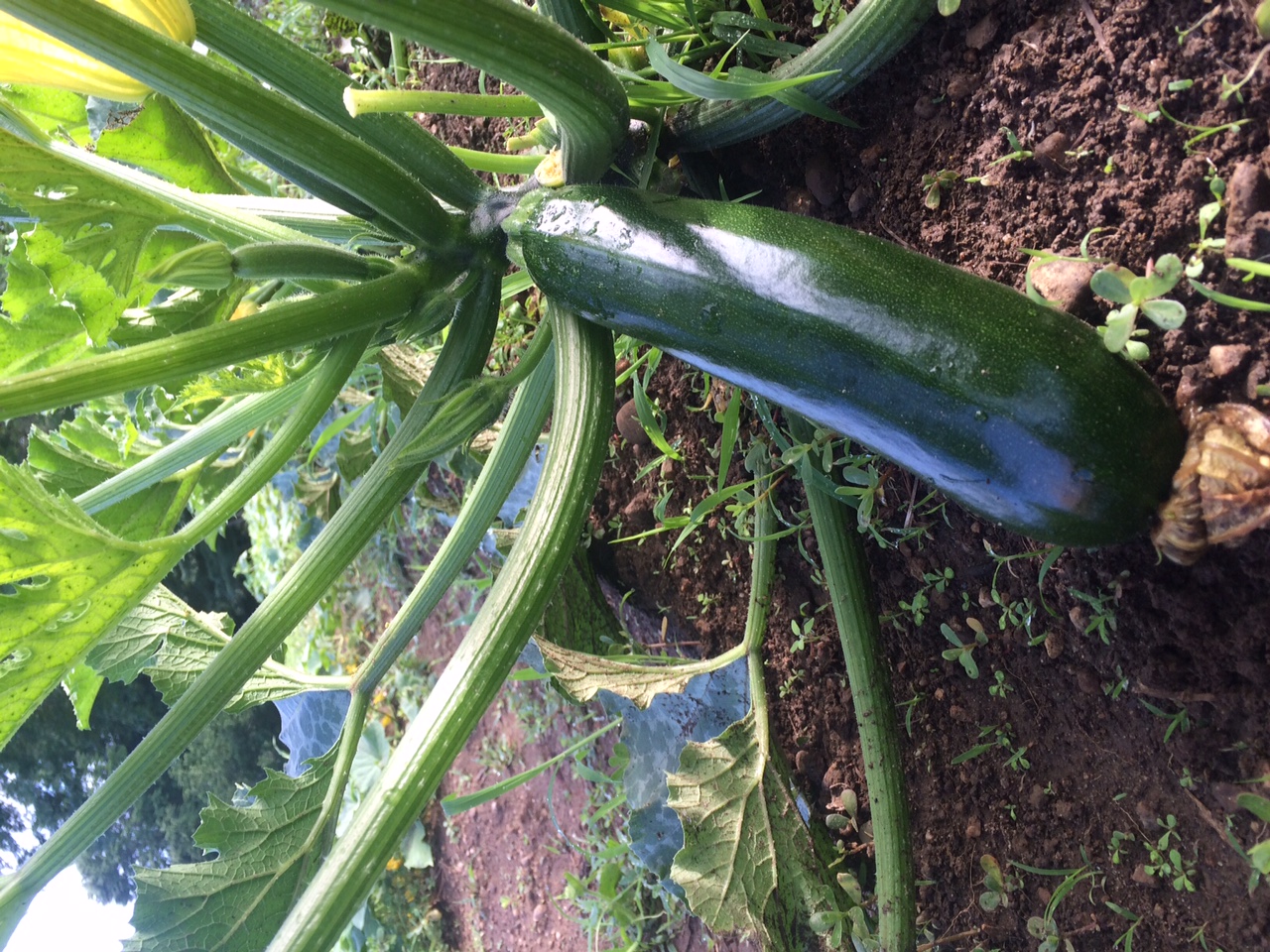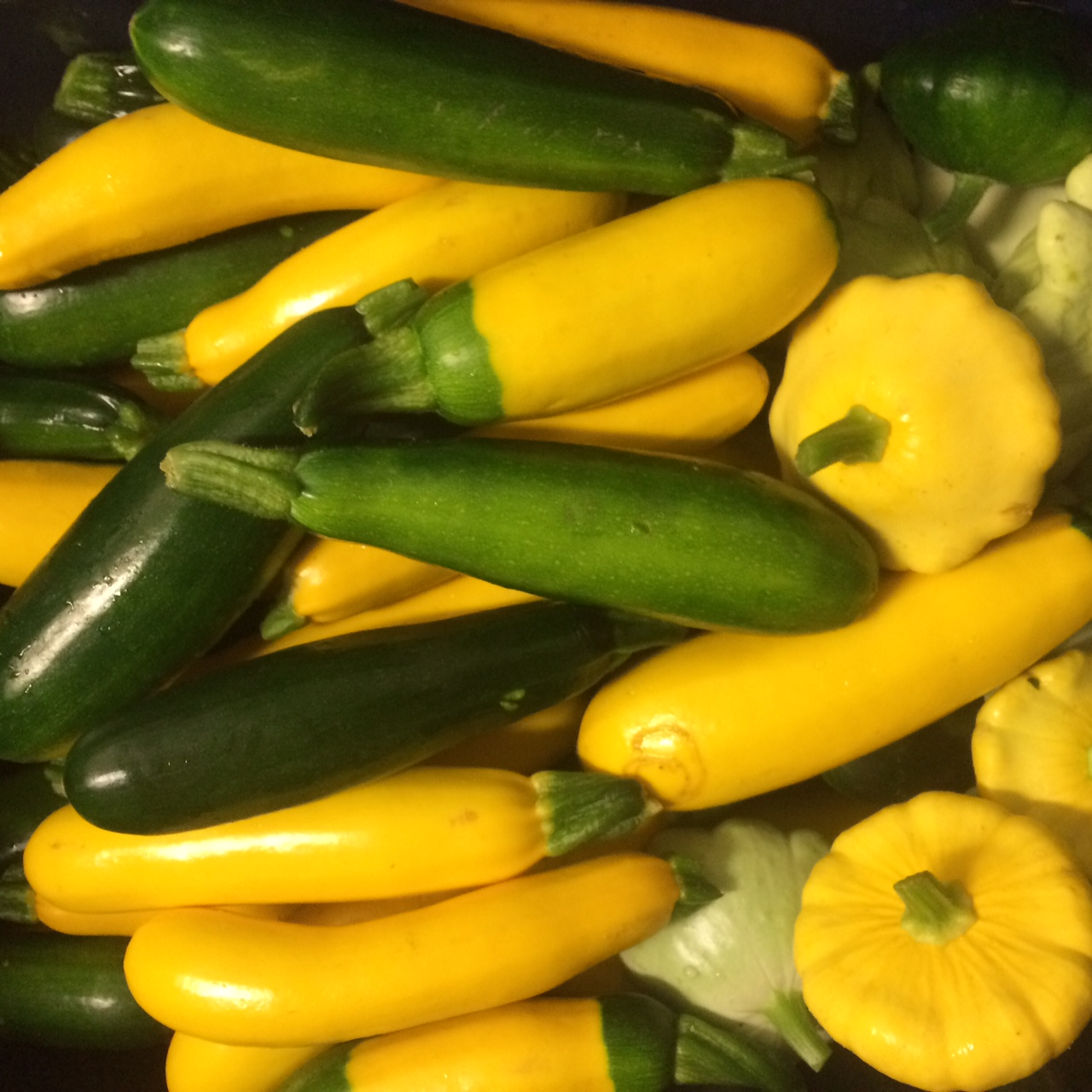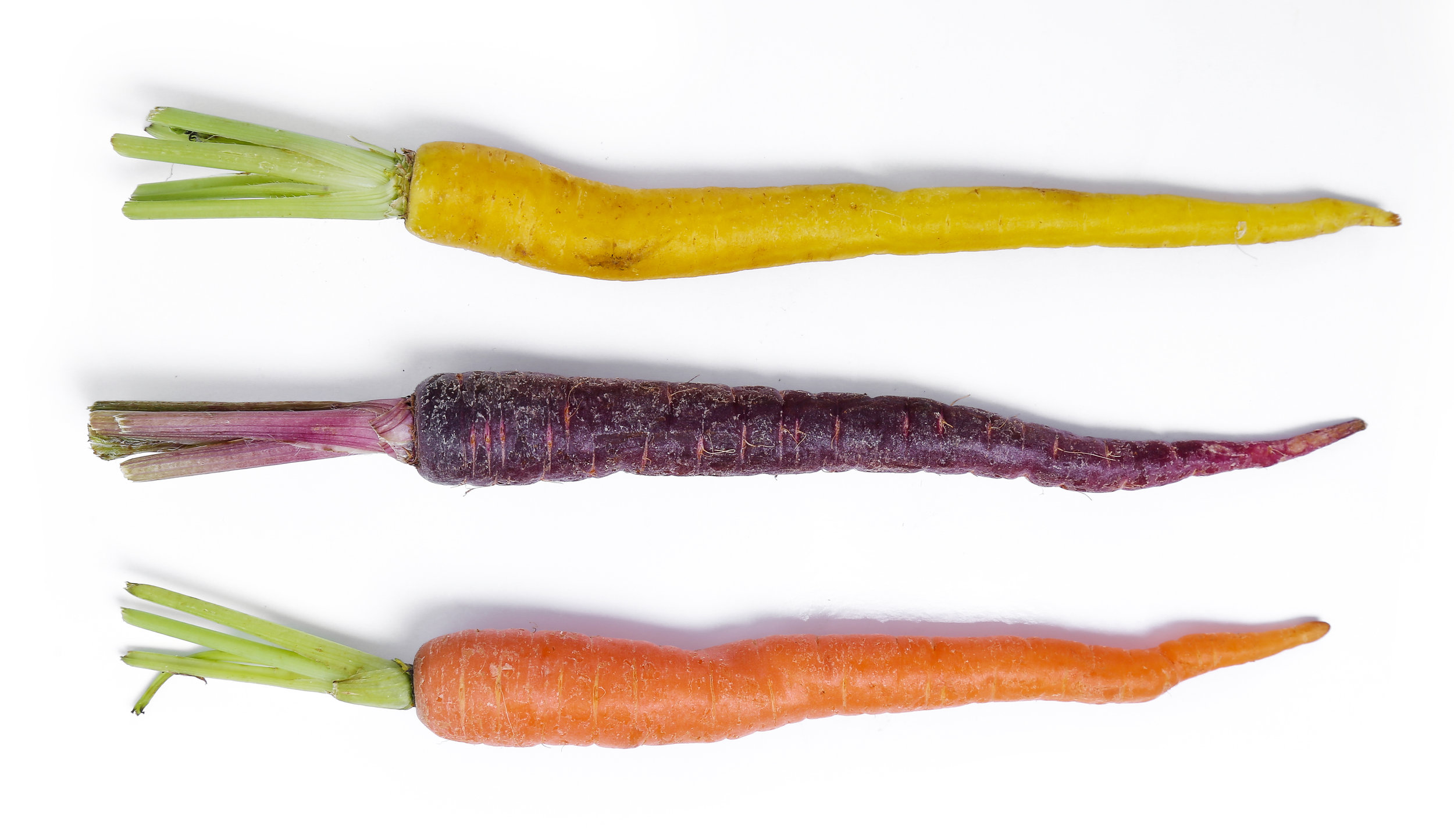I have blogged on zucchini and other summer squash enough times to what they are...right? Well, apparently not. As I review a couple of my past blogs to create this one, I begin to research for anything additional information to add, remove, or correct. In this case I am doing all three!
What is the difference between zucchini, Italian squash, and courgette? Well, I believe they are the same plant and are of course considered summer squash because of the time of year they are harvested and because of their thin skin. The standard? We call the green ones zucchini and the yellow, yellow squash. I would like you to consider, if you haven't already, or maybe you know and I don't, that the green and yellow colored squash are zucchini, even if they are yellow crookneck and straightneck. And that this zucchini is called something else as well: Italian squash, courgette. And that there are more varieties of this such as golden zucchini, tatume, costata romanesco. For the purposes of this blog, I will refer to them as zucchini, because that is what I was raised knowing in an Italian family.
Nutrition
The small to medium size zucchini are more flavorful and have less seeds. Zucchini are very low calorie, contain no fat, and are loaded with flavonoid antioxidants which greatly reduce our risk of illness and slow down the aging process, and are contained mostly in the skin. Zucchini is rich in potassium, more than a banana, which will aid in many things including blood pressure. Zucchini also contains iron, zinc, magnesium and B complex vitamins.
Mangia!
GMO
Best to purchase local-organic, local, or organic as most zucchini varieties are genetically modified.
Storage
Zucchini is best stored in the refrigerator, unwashed, in a plastic bag that has had a few holes poked in it for airflow, and then placed in the vegetable crisper drawer. It should last approximately 1 week. If you house is cool, you can usually store countertop for about the same time and in my experience maybe even longer.
Overflowing in zucchini? Wash, cut into the shape/pieces you prefer, freeze in a freezer bag.
Preparation
Always wash your produce in a store bought veggie wash or in a white vinegar and water solution. A scrub brush should not be necessary with summer squash and will compromise the skin.
Zucchini varieties can be used interchangeably in recipes. Each can be eaten raw, steamed, roasted, grilled, sauteed, etc. They can be cut in half, hollowed out and stuffed. They can be sliced, you choose the thickness, into raw "crackers." So it is virtually impossible to tire of Summer Squash.
Eaten raw, they can be added to smoothies, giving texture, fiber, vitamins and minerals, a nutritional boost for only about 46 calories/cup, and you won't even taste it! Do you spriralize? You can make delicious, fun, "noodles" and serve raw or lightly sauteed. Serve as a "pasta" dish, add to salads, it can BE the salad, or as a raw side-dish. Zucchini can be cut into chunks or julienne for a veggie platter or a snack. You can add these squashes to just about anything, including dessert breads, savory breads, cakes, muffins, soups...
Please click on the button below for recipes.
Thanks for reading my blog.
-Dawn CHHC






















